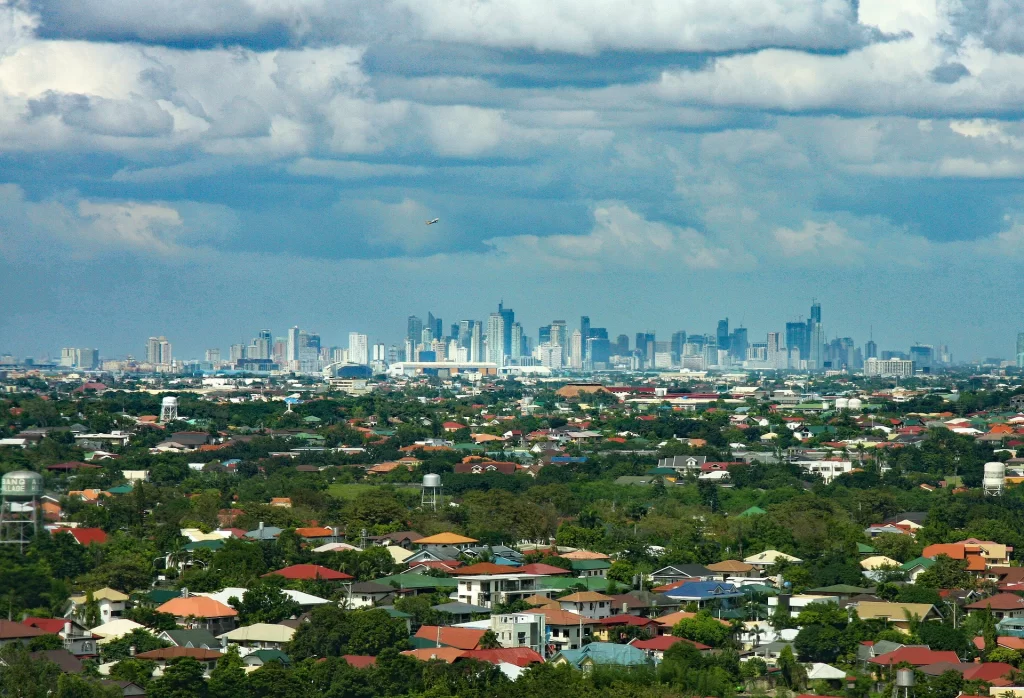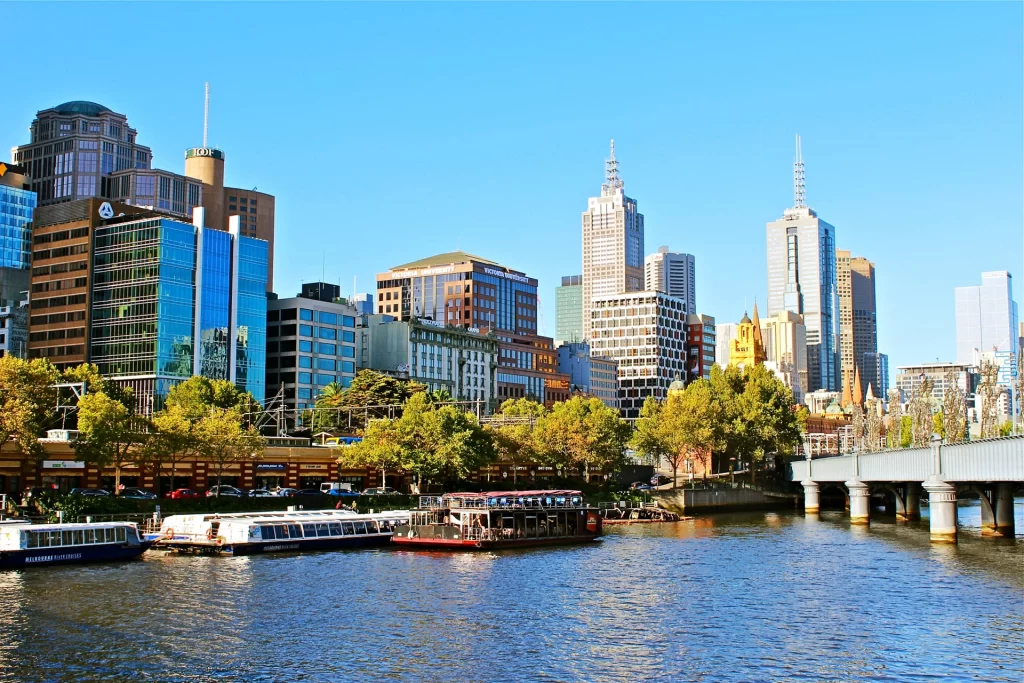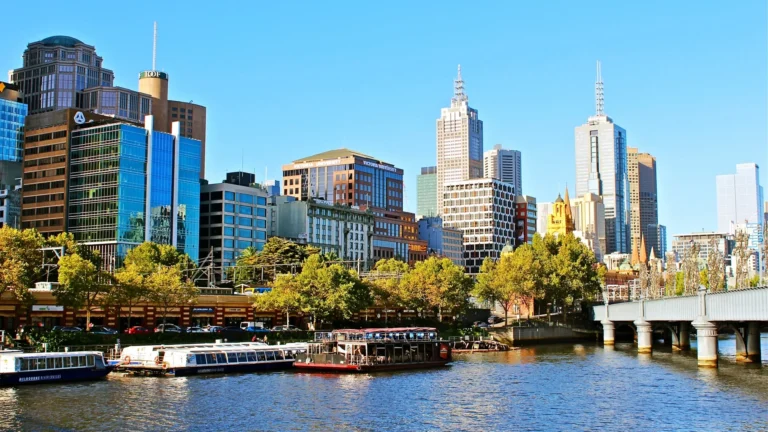– Advertisement –

Metro Manila is made up of 16 cities and 1 municipality – is the economic, political and cultural capital.
Metro Manila’s predictions of becoming a global energy city are challenged by the consequences of rapid urbanization. UN-Habitat lists the effects of climate change, natural disasters that hamper urban infrastructure and the competitiveness of cities, unequal livability, job creation and poverty reduction.
– Advertisement –
Is there a way out of Metro Manila challenges? Architect and urban planner Chintan Raveshia, and urban planner and sustainability consultant Tony Chan of Arup, based in Singapore, point out that urban development must also consider aspirations, its changing needs and expectations, and the national identity of the residents.
Find the identity of the city
Raveshia urges responsible actors to first ask the most fundamental question: “What is the identity of the city and how do we make its inhabitants proud?”
– Advertisement –
He jokes: “Singapore, a city that is high on everyone’s quality of life list, also works with citizens and grassroots organizations to instil a sense of lovability for the city. This helps to strengthen societal bonding, increase equity, improve community safety, and instill pride and a sense of belonging in the city among residents. The balance between livability, efficiency and conviviality paves the way for a real success of our cities in this era of climate emergency”.

– Advertisement –
Melbourne is considered by many experts to be one of the most livable cities of the past decade.
If Singapore reclaims land for more affordable housing and increased integrated urban developments and Melbourne builds accessible green spaces to promote social interaction, what plans would best suit Metro Manila’s sustainable and livable future while retaining its identity? Here are five urban development aspirations that Filipinos hope for in the country’s main political and economic hub.
1. Accessibility to all social classes
Although Metro Manila is the main economic engine of the Philippines – accounting for 32% of the country’s gross domestic product (GDP) – it often struggles to maintain accessible living conditions for residents of all social classes. The UK-based Economist Intelligence Unit (EIU) ranked Metro Manila 105th out of 139 cities in the 2022 Global Liveability Index for its high carbon footprint, inaccessibility to affordable housing and unequal earning opportunities.
Planners and developers are proposing mixed-use planning in metropolis and coastal developments because they are essential to realizing the 15-minute concept. Here, residents from all walks of life are encouraged to embrace a healthy, affordable and sustainable lifestyle as residential, commercial and office spaces are integrated into one development.
2. Open up green spaces for a healthy and sustainable living environment
Despite land scarcity, Singapore manages to be one of the greenest cities in the world with over 400 parks, over 3,300 hectares of nature reserve and over 300 kilometers of park connector network.
Studies show that Metro Manila has only 5 square meters of green space available per person, this number is far below the 9 square meters set by the World Health Organization. COVID-19 has caused the whole world to re-evaluate its health conditions, lifestyle habits and environmental conditions. situations. The impact has been even more drastic in Metro Manila due to the dense population, overcrowded space, and insufficient number of parks and open spaces.
In addition to improving air quality and enhancing biodiversity, green spaces also moderate temperatures during the hot season.
3. Improve human health and well-being
Cities with sufficient health facilities, access to health coverage and infrastructure that improves well-being and promotes a healthy lifestyle, produce prosperous societies.
The way cities are planned, designed and executed has a crucial impact on the way people live as it presents opportunities and effects on their lifestyles and general well-being. Although there is clear progress in Metro Manila’s health sector, rapid urbanization continues to pose risks in communities due to challenges in crowded neighborhoods, vehicle emissions, heavy traffic, pollution and areas prone to flooding.
4. Resilient Community
Resilience is the ability of individuals, communities and systems to adapt, survive and thrive in the face of stress and shocks, and even to transform when conditions demand it. Relevant dimensions in the Rockefeller & Arup Foundation’s City Resilience Index (https://www.cityresilienceindex.org), other dimensions include health and well-being, economy and society, infrastructure and l environment as well as leadership and strategy
As the Philippines and Manila grows, we are faced with the double challenge of adapting to climate change and the need to modify development strategies that are increasingly contributing to global warming. The Philippines is among the 10 countries in the world most affected by climate change over the past 20 years, according to the Global Climate Risk Index. As an archipelago, the impacts resulting from climate change are immense. Additionally, the safety and resilience of Metro Manila is threatened by various natural disasters.
Natural disasters persist every season due to our geographic location.
Well-planned and executed urban designs have the power to build safe and resilient communities in Metro Manila. Infrastructure such as proper bike lanes and pedestrian streets ensure residents are safe, accessible and comfortable, while science and technology-based solutions that can build flexible structures, multi-purpose systems and technologies can help residents adapt and prepare for changing conditions.
5. Global and competitive city
In 2022, Singapore ranks 3rd in the global competitiveness ranking – the small country outside of Asia even ranked 1st in 2019 and 2020.
Metro Manila is one of the premier regions in Asia. As the growth engine of the country, it has increasing investments in infrastructure and a host of business investments and developments.
The growing potential of the metropolis can be further intensified by following global models like Singapore, Melbourne and Hong Kong, which have created several integrated cities and coastal developments that have ushered in a vibrant economy and opened up a better urban way of life. These visions create an avenue to further increase employment opportunities, better education, better lifestyles and thriving economic activities.
These can contribute to the national and local economies of the Philippines by stimulating tourism and infrastructure development while creating equitable and inclusive communities. These, in turn, create a greater margin of opportunity and, therefore, attract more talent.
Building inclusive and sustainable growth poles
When all stakeholders are listened to and addressed, communities will be energized when they are introduced to well-designed, planned and implemented developments. This will have a lasting impact on the future of Metro Manila and its people as it promotes more inclusive growth and makes the cityscape an extension of their home.
When a city embraces its history, celebrates its milestones, innovates and embraces for the future, and most importantly, nurtures its people and responds to their aspirations, it is a city that is working towards competitiveness and unlocking its future potential.
And you? What would you like your city to be?
[RKRC1]
Leave a tip if you like what you read 🙂




Add comment